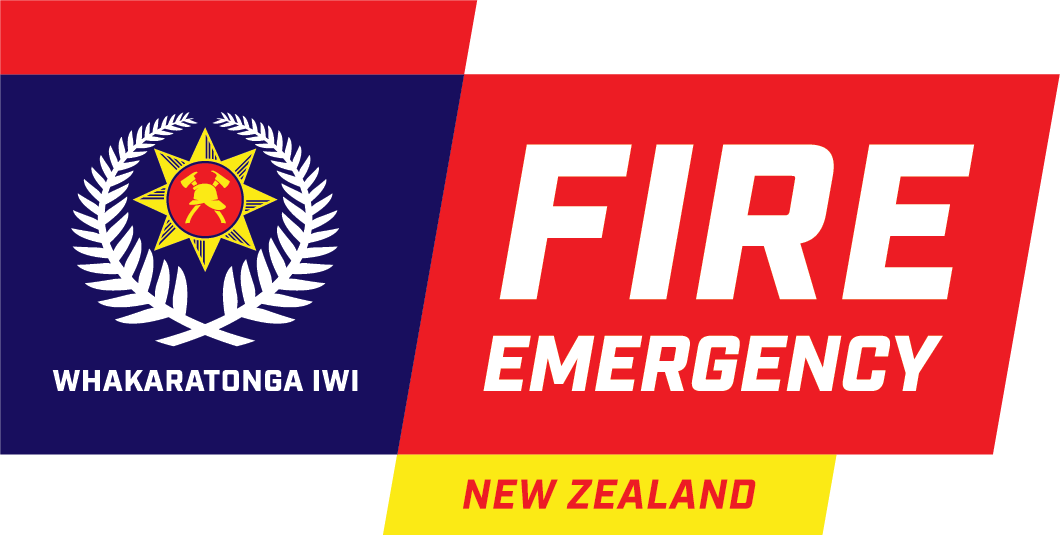National Tunnel Reference Group visits the Homer Tunnel and West Arm Power Station
The National Tunnel Reference Group (NTRG) provides advice on planning and responding to incidents in tunnels, including tunnels under construction.
Late last year, the NTRG visited two remote tunnel locations in New Zealand that pose unique firefighting challenges.
The NTRG members on the trip were Matthew Abel, Deane Chalmers, William Pike, David Key, Kevin Cowper, Jon Harris, Adeline Teo, and Aaron Waterreus (member Barry Fox was unable to attend). Terry McGavin from NZ Transport Agency Waka Kotahi was also able to join the group.
Jon Harris - our National Advisor, Infrastructure - says the first site-visit was to the Homer Tunnel - a 1.2 km long single-lane road tunnel in the World Heritage Fiordland National Park. Opened in 1953, the tunnel is the only road link to Milford Sound, one of our most iconic visitor destinations. The tunnel is mostly straight and alternates direction of vehicles via a traffic light system.
NZTA Waka Kotahi Homer Tunnel Manager Peter Robinson says the tunnel poses many unique challenges.
‘There is no on-site water supply, and it is the only tunnel operated by Waka Kotahi without a deluge sprinkler system; any fire could easily become a major incident. There is no ventilation system either. Air normally travels from the Milford side up to the Te Anau portal, meaning the only access in a fire situation to avoid entering in the smoke would likely be from Milford. Milford Sound Volunteer Fire Brigade is about a twenty-minute drive away and don’t have Breathing Apparatus (BA) capability. Additional firefighters would need to be helicoptered in with the right gear.’
Jon says NZTA Waka Kotahi has done an excellent job increasing the safety of the tunnel with the available resources and budget they have.
‘Fire and Emergency is in the process of developing recommendations to increase the safety systems in the tunnel, but due to the location being in a National Park they will be difficult to implement and will require substantial funds.’


Jon says the next day the group went to visit the West Arm Power Station, also known as the Manapōuri Power Station which is on the edge of Lake Manapōuri’s West Arm in the Fiordland National Park. It is the largest hydro power station in New Zealand. Currently operated by Meridian Energy, it is a site of national significance with its smooth operation vital to New Zealand.
‘The original construction of the Manapōuri hydro station was a massive engineering feat. The concept was first developed in 1904, but it wasn’t until 1964 that the project broke ground. In extremely harsh conditions, 1,800 people worked for eight years to complete a power station 200 metres below a granite mountain in an underground cavern.
‘Water for Lake Manapōuri powers seven turbines as it drops 230 metres from the lake surface, travelling through the power station and then out through two 10km tunnels to Deep Cove in Doubtful Sound. Fifty years later, it is still 100% functional and can generate 800 megawatts of electricity or enough to power around 619,000 homes.
‘We accessed the site via a 45-minute trip on boat. Luckily very little of the tour was above ground as the weather was alternating between rain and swarms of sandflies. We were driven down a 2km long spiral tunnel to the main hall of the power station and could view the transformers as well as the two levels below the hall where the turbines are spinning.
‘The power station is also accessible by lift. It is the second longest lift ride in the country next to the Sky Tower and takes around 2 ½ minutes. In addition to the lift and tunnel, two of the 220-metre-long vertical shafts from the transformers have been outfitted with vertical stairs that can be used for emergency access.’
Jon says the site has several safety systems that should stop any fire from developing, including a state-of-the-art gas flooding system. If these systems failed, it would be extremely difficult for firefighters to respond, and it would be a significantly delayed response as firefighters would need to be flown in from Te Anau. If a fire appliance was needed, the only option is to transport it by barge from Manapōuri village.
‘Committing our firefighters to travel the 180-200 metres underground to an uncontrolled fire is simply too large of a safety risk, although we would have to be able to respond below ground to rescue incidents.


‘Fire and Emergency is working with Meridian Energy to develop ways to streamline our response. For example, we are recommending a trailer with fire equipment and a portable pump to keep on-site, so responding firefighters would only have to bring their PPE and BA to an incident.
‘Thanks to NZTA Waka Kotahi and Meridian Energy for arranging these site visits and the opportunity to share safety ideas. We look forward to future opportunities to work with them on these, and other infrastructure sites of national significance.’
